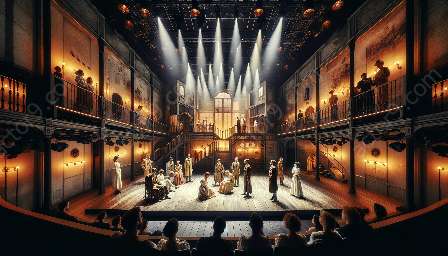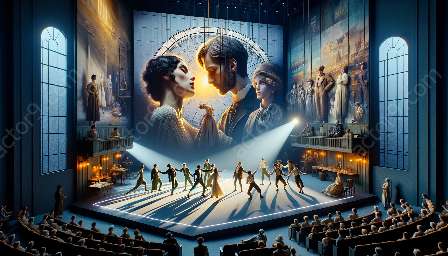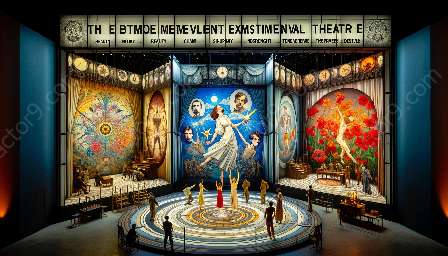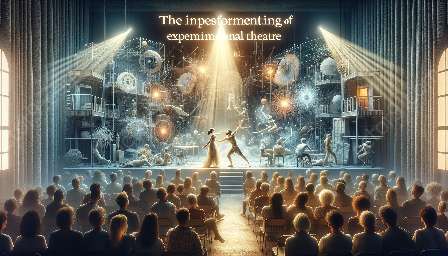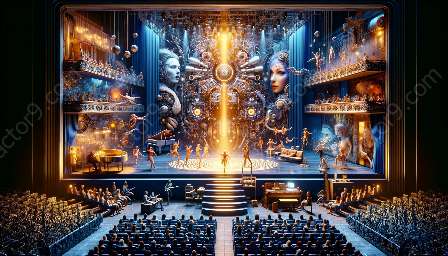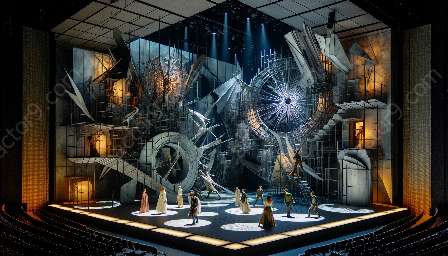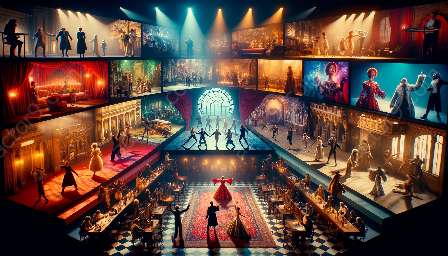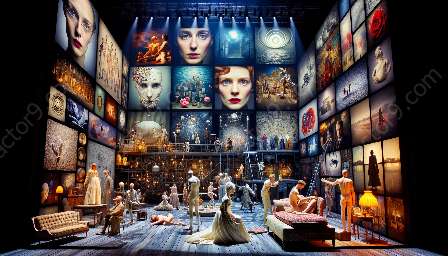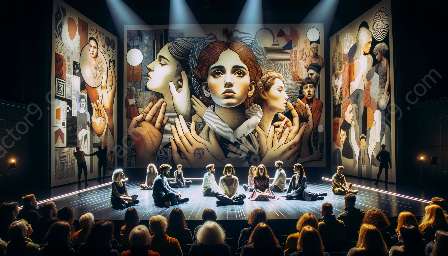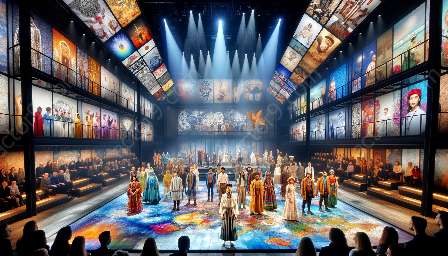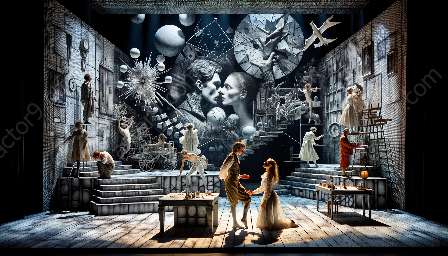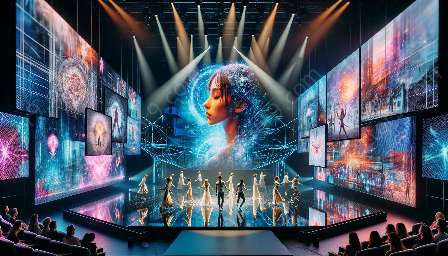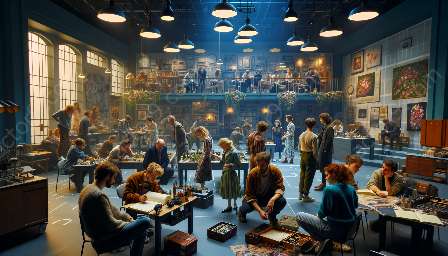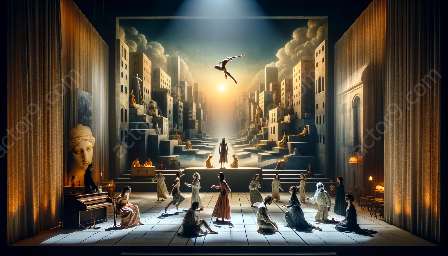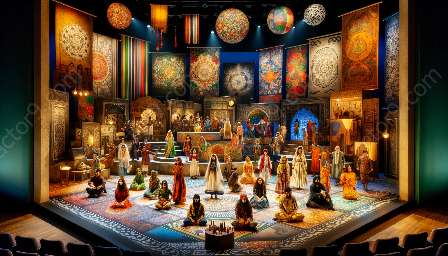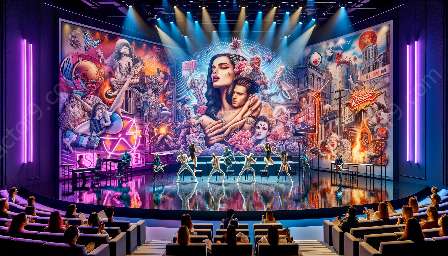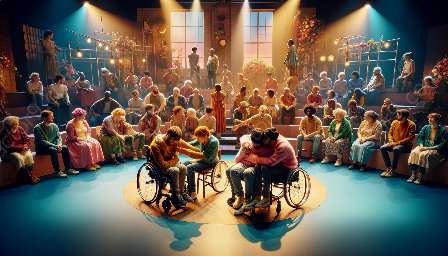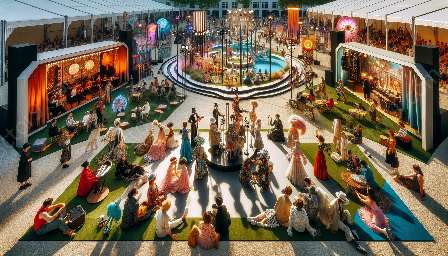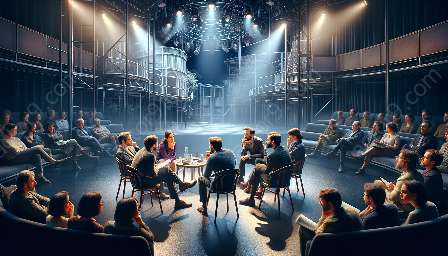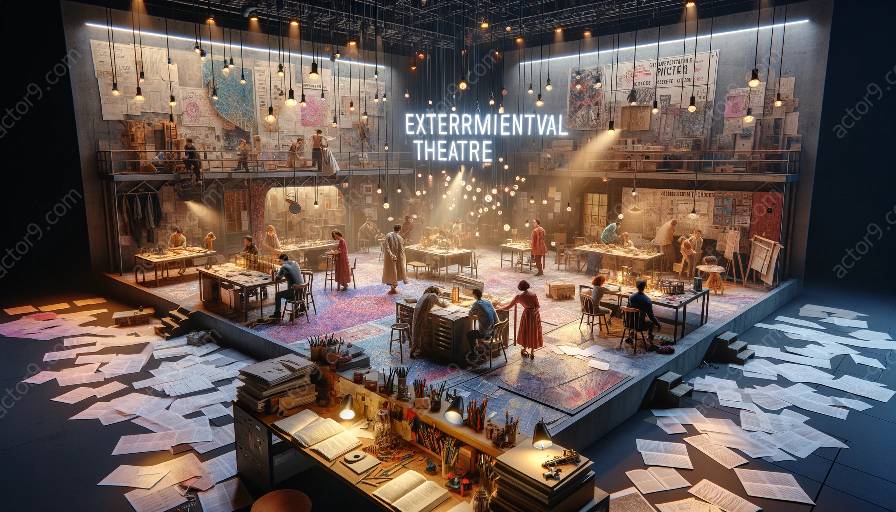Experimental theatre scripts are a testament to a playwright's innovative spirit and the transformative power of live performance. These scripts often challenge traditional norms and embrace unconventional storytelling methods.
Experimental theatre scripts share distinct characteristics that set them apart from conventional works. They often explore themes such as identity, perception, and the human condition. Playwrights who explore experimental theatre push the boundaries of traditional scriptwriting, presenting audiences with challenging and thought-provoking narratives.
Characteristics of Experimental Theatre Scripts
1. Non-linear Narrative: One of the key characteristics of experimental theatre scripts is their non-linear narrative structure. These scripts often play with time, space, and the structure of the story, creating an immersive and unconventional experience for the audience. Through fragmented storytelling and non-traditional plotlines, playwrights challenge the audience's expectations and invite them to engage with the narrative in a unique way.
2. Unconventional Language and Dialogue: Experimental theatre scripts often feature unconventional language and dialogue. Playwrights may experiment with poetic language, fragmented dialogue, or use of non-verbal communication to convey complex emotions and ideas. This departure from traditional dialogue adds layers of depth and ambiguity to the script, encouraging the audience to interpret and engage with the performance on a deeper level.
3. Immersive Environments: Many experimental theatre scripts are designed to create immersive environments that blur the boundaries between the stage and the audience. Set designs, lighting, and sound are used to transport the audience into the world of the play, creating an interactive and sensory experience that challenges traditional notions of theatre.
4. Breaking the Fourth Wall: Playwrights often challenge the traditional concept of the fourth wall in experimental theatre. They may directly address the audience, incorporate audience participation, or disrupt the traditional separation between performers and spectators. This creates a sense of immediacy and intimacy, inviting the audience to become active participants in the performance.
5. Multi-disciplinary Approach: Experimental theatre scripts often embrace a multi-disciplinary approach, incorporating elements of dance, music, visual arts, and technology. This interdisciplinary fusion of artistic expressions creates a rich and dynamic theatrical experience that transcends traditional boundaries and conventions.
Significance in Experimental Theatre
Experimental theatre scripts play a crucial role in pushing the boundaries of theatrical expression and expanding the possibilities of live performance. By challenging traditional norms and conventions, these scripts pave the way for new forms of creative expression and invite audiences to engage with thought-provoking and unconventional narratives.
Furthermore, experimental theatre scripts provide a platform for playwrights to explore complex themes and ideas that may not fit within the confines of traditional storytelling. They offer a space for experimentation and innovation, allowing playwrights to push the limits of their creativity and engage with diverse audiences.
The Nuanced Creativity of Playwrights
Playwrights who delve into experimental theatre scripts demonstrate a nuanced creativity that defies conventions and embraces innovative storytelling. These playwrights challenge the status quo, daring to explore uncharted territories of theatrical expression and inviting audiences to join them on this creative journey.
Through their imaginative and daring approach, playwrights innovatively weave together narratives that disrupt the norm and invite reflection on the complexities of human experiences. Their scripts serve as a testament to the boundless potential of theatre as a transformative art form.

